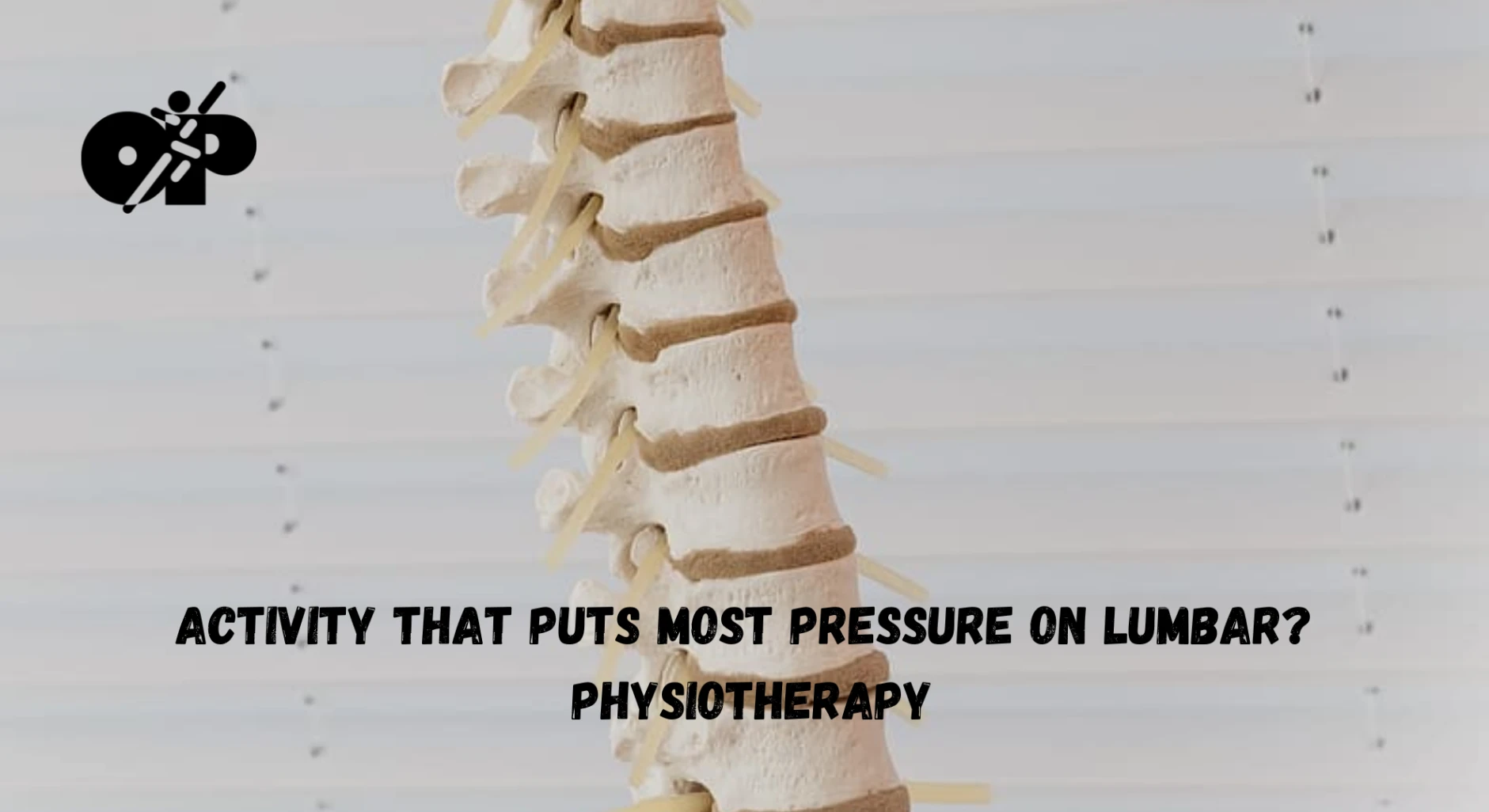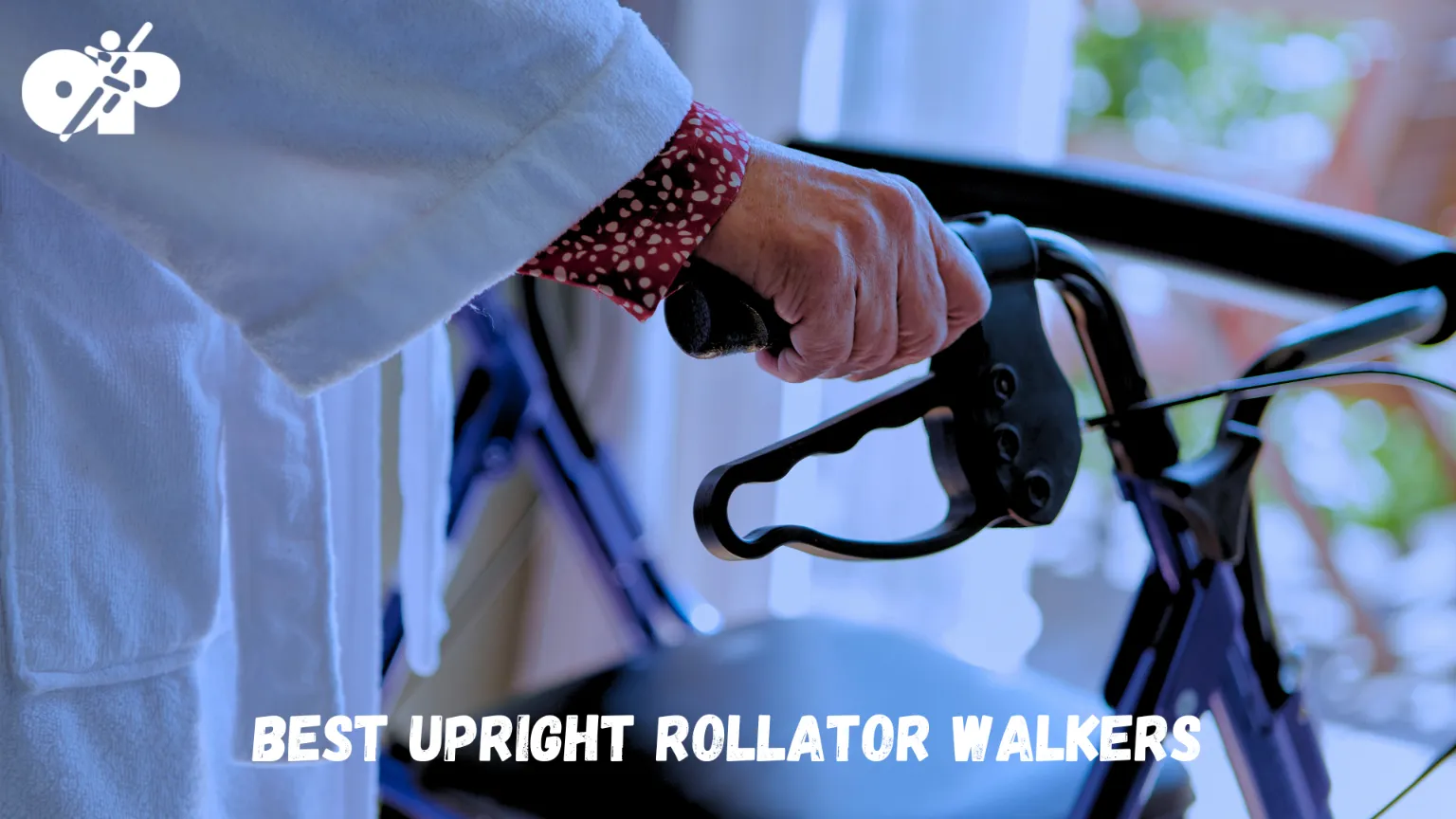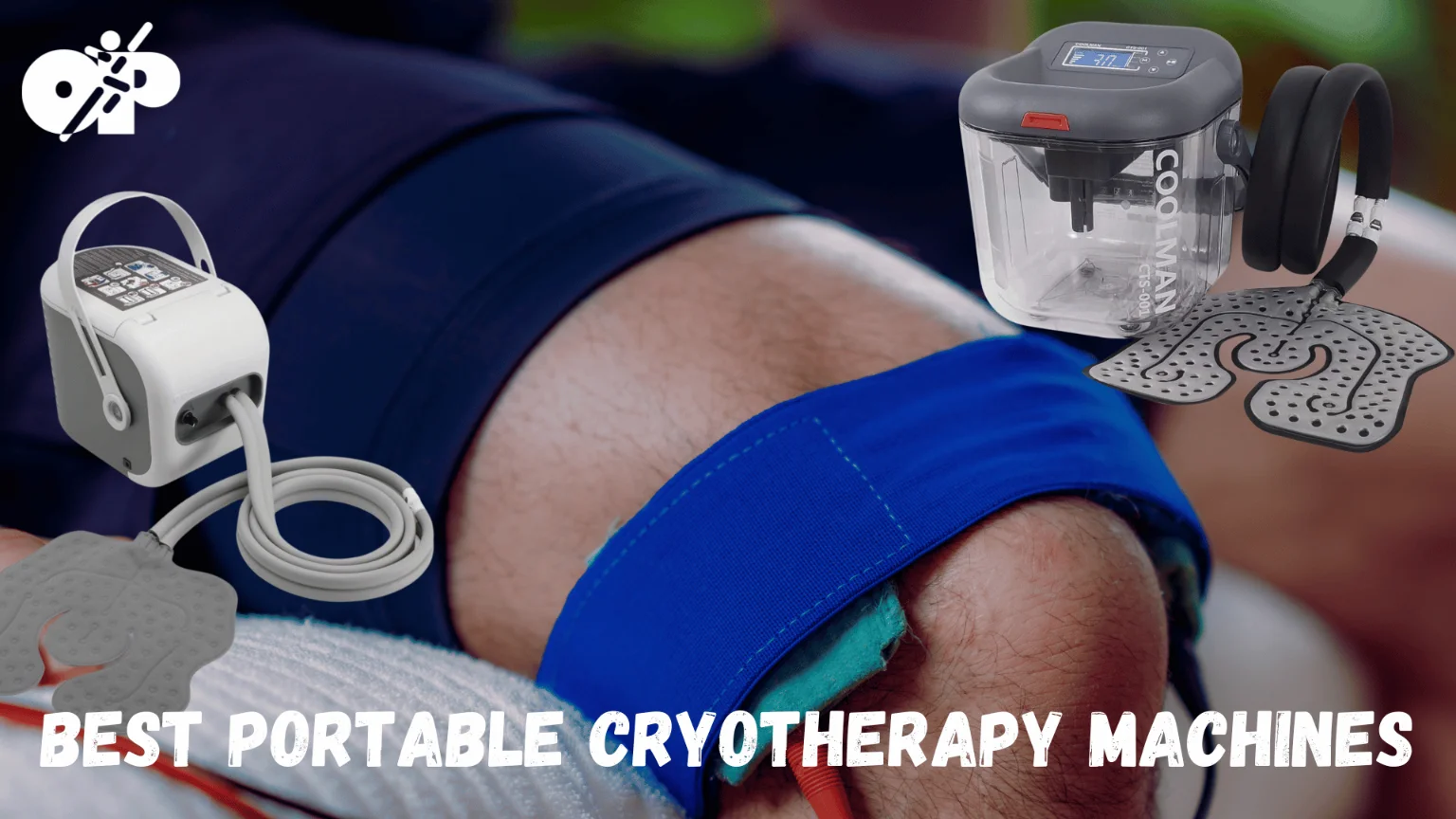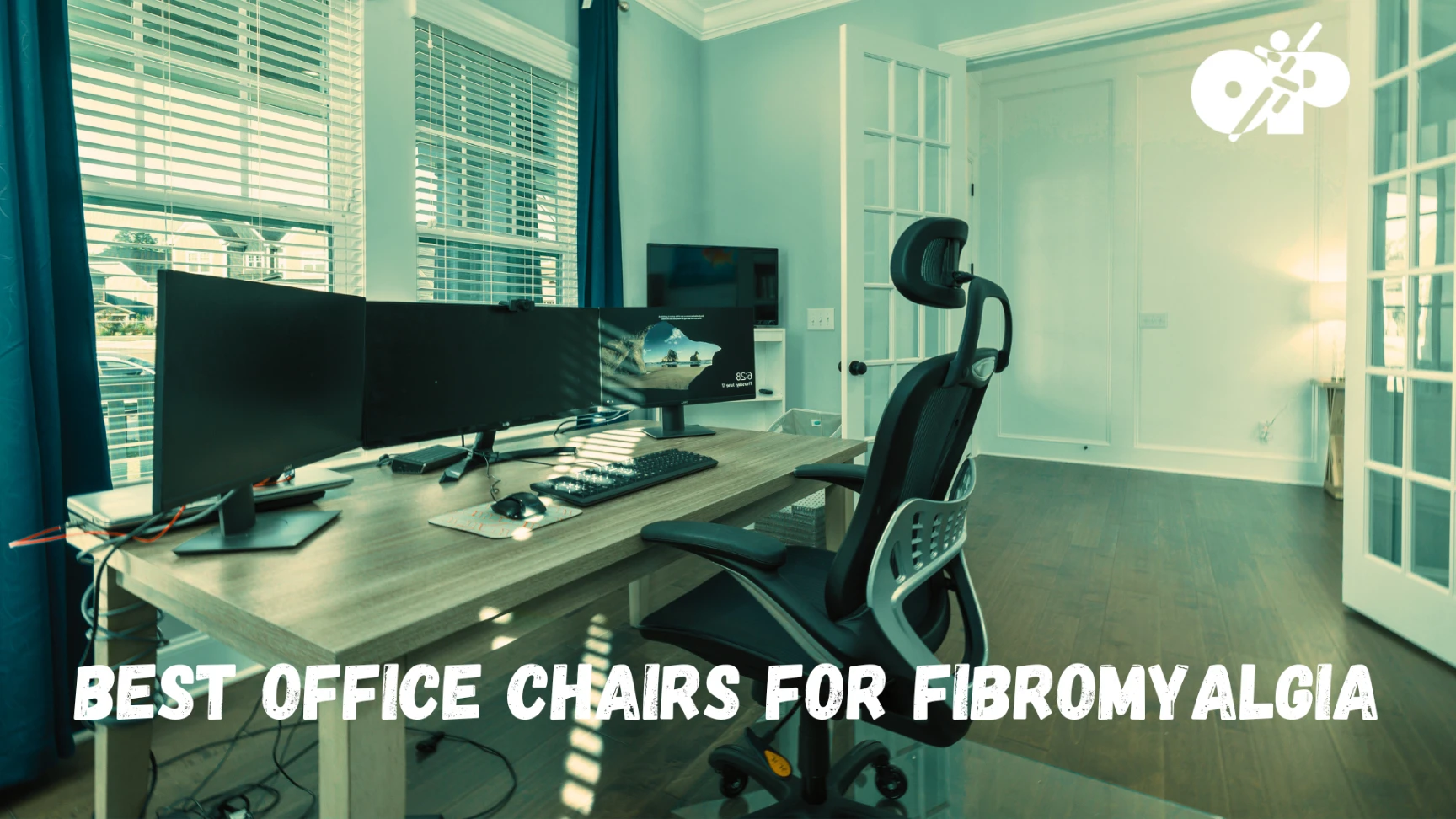In our modern world, where sedentary lifestyles often intersect with strenuous physical activities, the lumbar region of our spine is increasingly at risk. Whether it’s spending hours at a desk or lifting heavy objects without proper technique, numerous activities place undue stress on our lower back. Understanding the activities that exert the most pressure on the lumbar is not just about knowing what harms it, but it’s also a guide on how to maintain a healthy, pain-free back throughout our lives.
In this comprehensive exploration, we will first understand the anatomy and function of the lumbar spine. We will then delve into specific activities known to place a significant strain on this region, while shedding light on the factors that amplify this stress. Finally, we will provide insights into prevention and measures to ensure the long-term well-being of our lumbar spine.
Activities That Put the Most Pressure on the Lumbar
The lumbar region, comprising the lower five vertebrae of our spine, plays a pivotal role in supporting the weight of the upper body. However, certain activities can exert excessive stress on this critical segment of the backbone, leading to pain and long-term complications. In this article, we delve deep into which activities put the most pressure on the lumbar and why caution is necessary.
Understanding the Lumbar Region
The lumbar spine, commonly referred to as the lower back, consists of five vertebrae labeled L1 through L5. These vertebrae bear much of the body’s weight and provide flexibility and mobility, allowing us to bend, twist, and lift. Given its critical function and the constant demands placed upon it, the lumbar spine is often susceptible to injuries and strains.
Factors That Increase Lumbar Pressure
Before diving into specific activities, it’s crucial to grasp the factors contributing to increased lumbar pressure. Various activities amplify the stress on the lumbar due to several reasons:
- Angle of the Spine The way our spine is positioned during an activity can significantly impact the amount of stress. For instance, bending forward can amplify the load on the lumbar discs.
- Weight and Resistance Lifting heavy objects, especially without proper technique, can add immense pressure. The amount of weight and the method of lifting determine the overall strain.
- Repetition Activities that involve repetitive motions, even if they don’t involve heavy weights, can cumulatively exert significant stress on the lumbar over time.
- Duration Standing or sitting for prolonged periods without adequate support can lead to an increased load on the lumbar region.
Activities That Exert Lumbar Pressure
- Lifting Heavy Objects: The most obvious activity that stresses the lumbar is lifting heavy objects. When not done correctly, lifting can exert immense pressure on the lumbar discs, leading to potential disc herniation or other injuries.
- Poor Posture While Sitting: Surprisingly, sitting for prolonged periods, especially with incorrect posture, can be as damaging as lifting heavy weights. Slouching or not using lumbar support can compress the discs, leading to chronic pain and discomfort.
- Twisting Movements: Activities that involve abrupt twisting of the waist, such as certain sports movements in tennis or golf, can strain the lumbar region. The sudden torsion can injure the discs and surrounding muscles if done repetitively without proper care.
- High-Impact Sports: Sports like football, basketball, or any activity that involves jumping, running, or sudden stops can jar the lumbar region. These high-impact actions can lead to sprains or more severe injuries over time.
- Extended Standing: Just as sitting for long duration can hurt, standing without moving for extended periods can also strain the lumbar. The constant weight-bearing without relief can lead to muscle fatigue and lumbar stress.
- Carrying Uneven Loads: Carrying bags or objects on one side of the body regularly can cause an imbalance, leading the lumbar region to compensate. Over time, this can cause strain and misalignment.
Prevention and Care
Awareness is the first step towards prevention. Knowing the risks associated with various activities allows us to take measures to safeguard our lumbar region. Here are some preventive steps and care tips:
- Ergonomic Workspaces: Ensure that your workspace is set up to support your lumbar. Chairs with proper lumbar support and standing desks can offer relief and protection.
- Proper Lifting Techniques: Always bend your knees and keep your back straight when lifting. Engage your core muscles and use your legs to lift, not your back.
- Regular Exercise: Engaging in exercises that strengthen the core and lumbar muscles can provide added support and reduce the risk of injuries.
- Stretching: Regular stretching can help maintain flexibility in the lumbar region, reducing the risk of strains and sprains.
- Balanced Carrying: Ensure that when carrying bags or loads, the weight is evenly distributed or alternated between sides.
The Science Behind Lumbar Pressure
Understanding the lumbar’s vulnerability begins with appreciating its biomechanical properties. The lumbar spine, uniquely curved, balances the upper body’s weight, distributing it downwards. The intervertebral discs present between the lumbar vertebrae act as shock absorbers. However, these discs can bulge, herniate, or rupture when subjected to undue pressure, resulting in nerve compression and significant pain.
Age and Lumbar Vulnerability
As we age, the lumbar region naturally becomes more susceptible to wear and tear. Degenerative disc disease, lumbar stenosis, and osteoarthritis are common ailments that strike the older population, making them more susceptible to strains from regular activities. Ensuring proper lumbar care is not just for the active or the athletic but is imperative for all age groups, particularly the elderly.
The Role of Occupation
Certain professions inherently carry greater risks for lumbar stress. Manual laborers, construction workers, nurses, and even office workers are at significant risk. Prolonged periods of sitting, repetitive bending, and lifting, or frequent heavy lifting are occupational hazards that directly impact the lumbar spine.
The Impact of Fitness Levels
A well-toned core isn’t just for aesthetics. Muscles surrounding the spine, particularly the abdominal and lumbar muscles, play a pivotal role in supporting the lumbar region. Individuals with weaker core muscles often face a higher risk of lumbar injuries. Regularly engaging in core-strengthening exercises can act as a protective shield against undue lumbar pressure.
Lifestyle Choices and Their Consequences
Beyond the physical activities we engage in, lifestyle choices can also play a significant role in lumbar health. Factors such as obesity, smoking, and even psychological stress can indirectly increase lumbar pressure. Carrying excess weight, for instance, means the lumbar has to support additional pounds, making it work harder and increasing its susceptibility to strain.
The Role of Footwear
Surprisingly, the shoes one wears can significantly affect lumbar health. High heels or shoes without proper arch support can misalign the spine, leading to increased pressure on the lumbar region. It’s essential to make informed footwear choices, especially if one stands or walks for extended periods.
Managing and Alleviating Lumbar Pressure
Once you’ve recognized the signs of lumbar strain, proactive management can prevent further complications. From hot and cold compresses to over-the-counter pain relievers, various remedies can provide short-term relief. For persistent pain, consulting a physician or physiotherapist is crucial. They can offer targeted exercises, massages, and in some cases, recommend supportive gear like belts or braces.
Recommended for you:
- The Jelly Donut Strain – What Does it Mean for your back?
- Future Low Back Problems – Challenges and Interventions
- How can Tight Muscles Result in Back Pain? What Causes it?
The Psychological Impact of Lumbar Strain
Living with the Pain
The physical repercussions of lumbar strain are evident, but its psychological impact can be equally debilitating. Chronic pain can lead to feelings of frustration, anxiety, and even depression. It can restrict individuals from participating in activities they love, thereby isolating them from social engagements and potentially leading to feelings of loneliness or sadness.
The Role of Stress in Lumbar Health
Mental stress, surprisingly, can manifest physically in the lumbar region. When we are stressed or anxious, our muscles tend to tense up, especially in our neck, shoulders, and back. Prolonged tension in these muscles can lead to lumbar discomfort or exacerbate existing conditions. It creates a vicious cycle where lumbar pain can cause stress and stress, in turn, worsens the pain.
Holistic Approaches to Management
It’s essential to approach lumbar health from a holistic perspective. Incorporating relaxation techniques like meditation, deep breathing exercises, or even regular therapy sessions can alleviate both the physical and mental strain. Addressing the psychological component of lumbar pain often aids in quicker recovery and better overall well-being.
The Future of Lumbar Care
Emerging Technologies
The medical field continually evolves, and lumbar care is no exception. Advancements in imaging techniques, like MRIs and CT scans, have made diagnosing lumbar issues more accurate. Wearable tech, too, is playing a role. From posture-correcting wearables that vibrate when you slouch to smart belts that monitor lumbar strain in real-time, technology is paving the way for proactive lumbar health management.
Minimally Invasive Surgical Interventions
For those with severe lumbar issues, surgical interventions may be necessary. The good news is that many of these procedures are now minimally invasive. Techniques like endoscopic spine surgery or laser spine surgery offer shorter recovery times, reduced pain, and smaller scars compared to traditional methods.
The Role of Physical Therapy in Lumbar Health
The Physical Therapist’s Assessment
Initial Evaluation
Upon visiting a physical therapist (PT) for lumbar issues, the first step is a comprehensive assessment. This includes understanding the patient’s medical history, lifestyle, and the nature of the pain or discomfort. The PT will evaluate posture, flexibility, strength, and the range of motion to determine the root cause of the lumbar problem.
Diagnostic Techniques
While physical therapists often rely on medical imaging reports like X-rays, MRIs, or CT scans, they also use hands-on techniques to diagnose. Palpation, specific movement tests, and functional assessments are crucial in identifying abnormalities, muscular imbalances, or mobility restrictions in the lumbar region.
Tailored Treatment Plans
No two individuals are the same, and thus, PTs craft a personalized treatment plan based on their findings. This plan might incorporate a combination of stretches, strengthening exercises, modalities, and manual therapies suited to the patient’s specific needs.
Therapeutic Interventions for Lumbar Health
Manual Therapies
Hands-on techniques, such as massage, mobilization, and manipulation, are common in physical therapy. These methods help in alleviating pain, improving mobility, and facilitating natural healing. For instance, a PT might use spinal manipulation to relieve pressure on joints or soft tissue mobilization to break down scar tissue in the lumbar region.
Modalities for Pain Management
Physical therapists utilize various modalities to provide relief from lumbar pain. Techniques such as ultrasound, electrical stimulation, and cold or heat therapy can aid in reducing inflammation, promoting healing, and alleviating pain.
Exercise Prescription
One of the cornerstones of physical therapy is therapeutic exercise. PTs prescribe specific exercises to strengthen the lumbar and core muscles, enhance flexibility, and improve posture. These exercises not only address current issues but also act as a preventive measure against future lumbar problems.
Education and Lifelong Lumbar Care
Postural Training
A significant component of lumbar care revolves around posture. Physical therapists educate patients on maintaining neutral spine positions, whether they’re sitting, standing, or lifting. Proper ergonomic setups, especially for those with desk jobs, are also emphasized to reduce lumbar strain.
Lifestyle Recommendations
Beyond exercises and therapies, PTs provide guidance on daily life activities. This could range from advice on choosing the right footwear to techniques for safe lifting and carrying. These recommendations aim to integrate lumbar health into the patient’s daily routine seamlessly.
Maintenance and Prevention
Once the immediate lumbar issues are addressed, the focus shifts to long-term care. Regular follow-up sessions, home exercise programs, and periodic assessments ensure that the lumbar spine remains healthy. The PT’s role extends beyond treatment, guiding patients on a journey of lifelong lumbar well-being.
Pressure on Lumbar – Conclusion
The lumbar region, often regarded as the foundation of our spinal health, plays a pivotal role in our daily activities and overall quality of life. From the way we sit and stand to how we lift objects or even cope with stress, each aspect intricately links to the well-being of this crucial spinal segment. As we’ve delved into the myriad factors that influence lumbar health, the undeniable importance of physical therapy emerges with clarity.
Physical therapy provides a multifaceted approach to lumbar care. Beyond immediate relief and rehabilitation, it emphasizes education, prevention, and long-term wellness. A physical therapist doesn’t merely treat the symptoms but delves deep to address the root causes, ensuring that individuals are equipped with the knowledge and tools to maintain optimal lumbar health.
In our rapidly evolving world, where sedentary lifestyles and sporadic physical exertions often coexist, taking proactive measures for our lumbar health becomes paramount. By understanding the activities that exert the most pressure on the lumbar, and by harnessing the expertise of physical therapy, we pave the way for a life less burdened by back pain and more enriched by mobility and vitality





